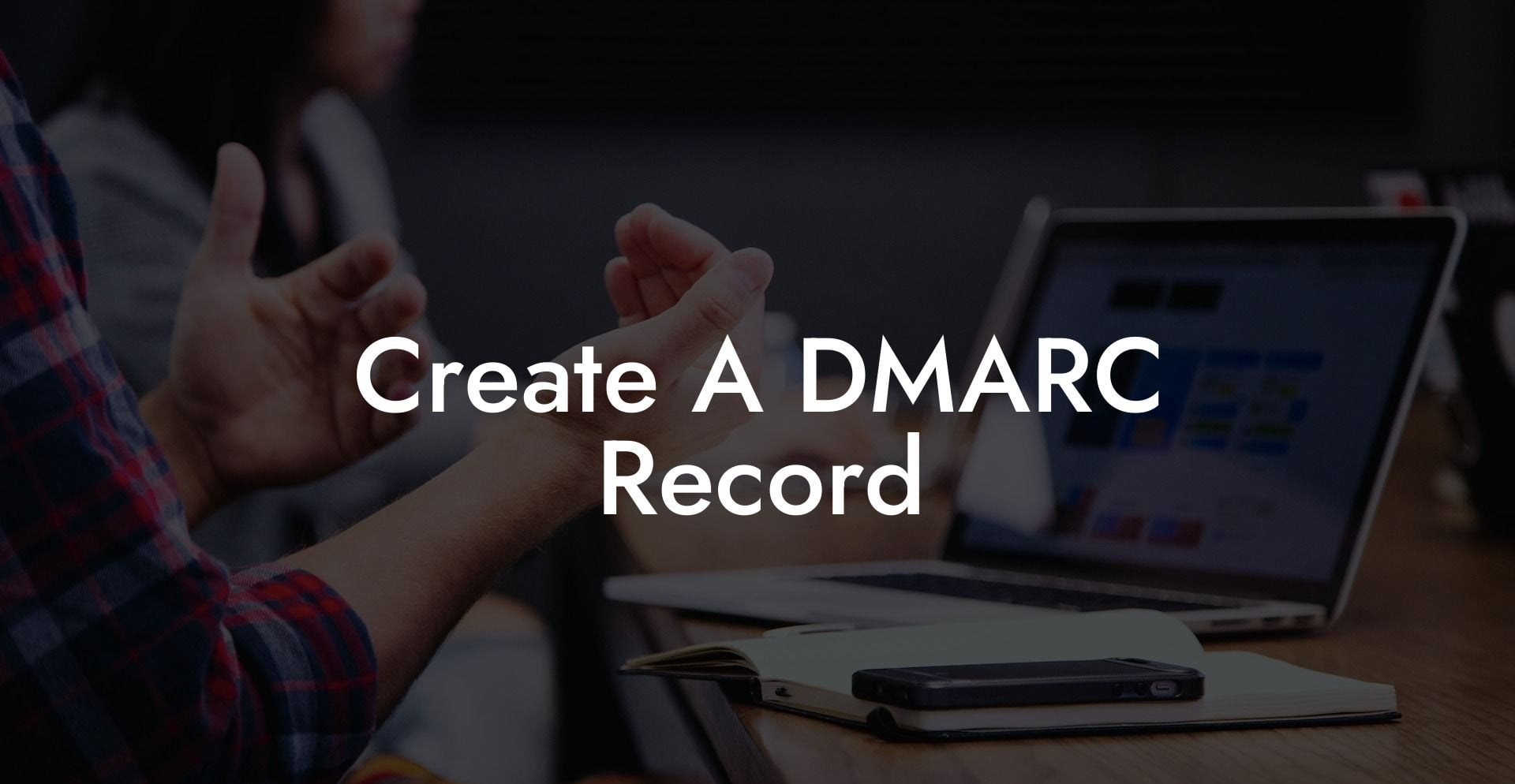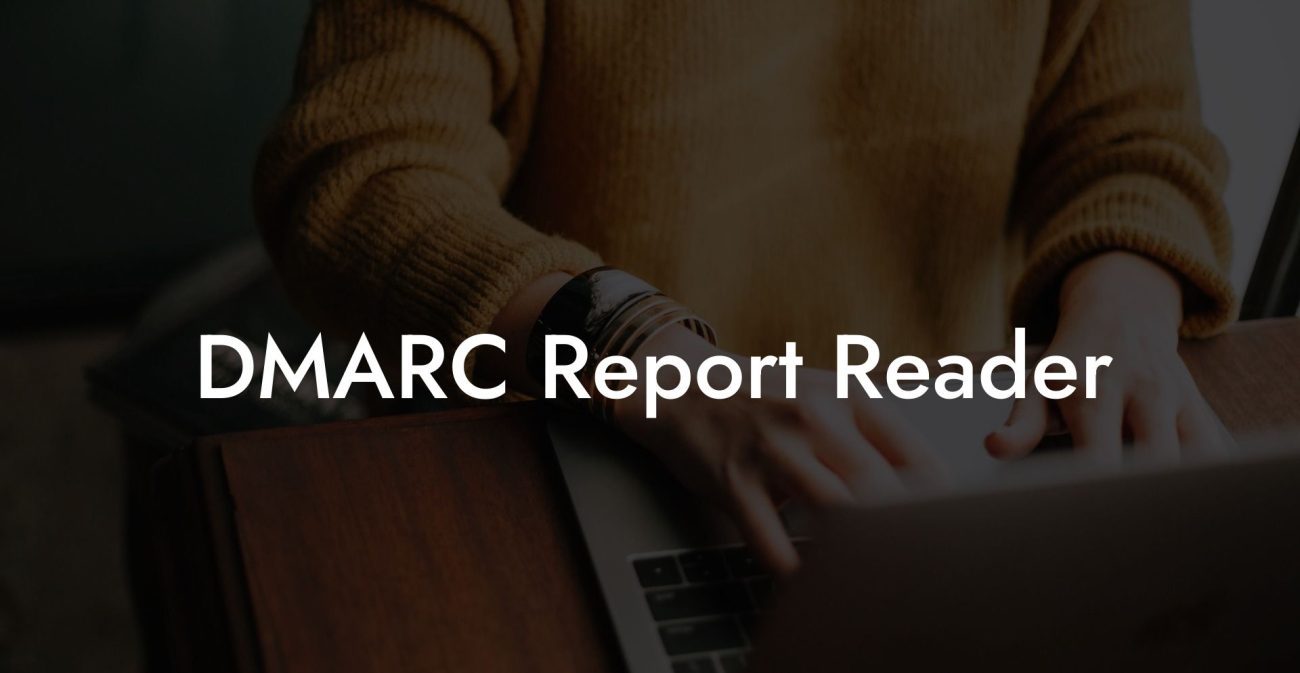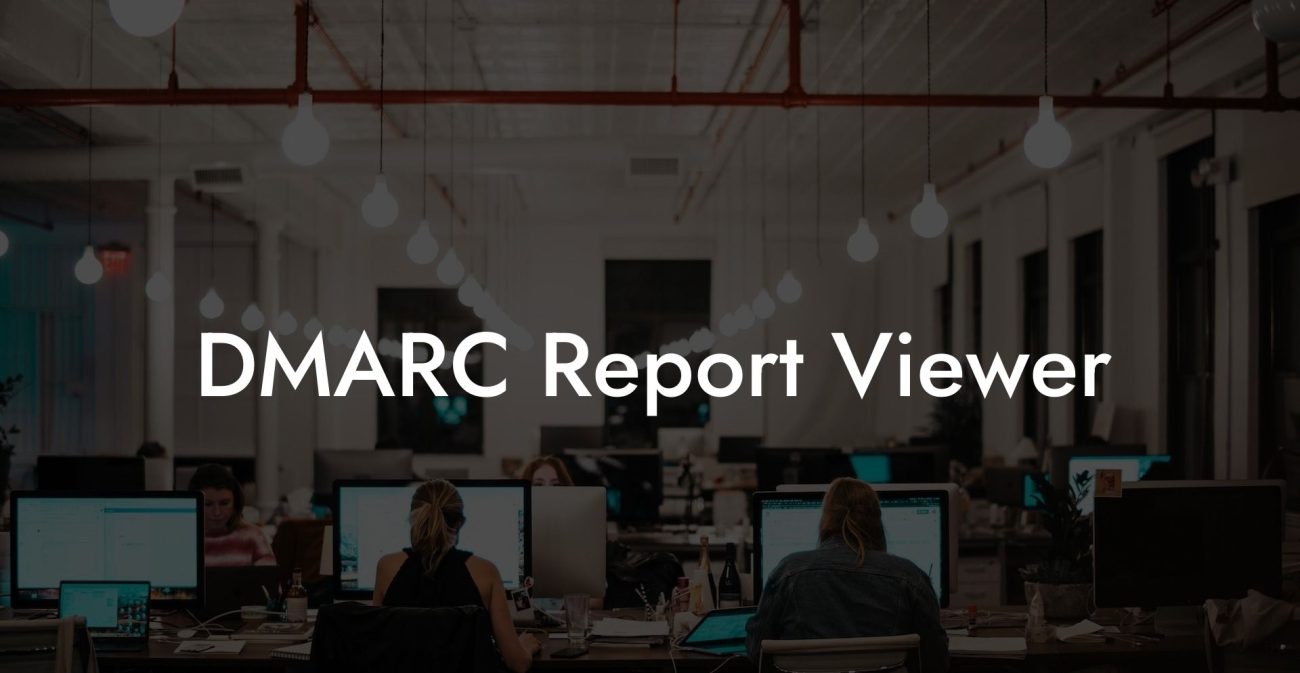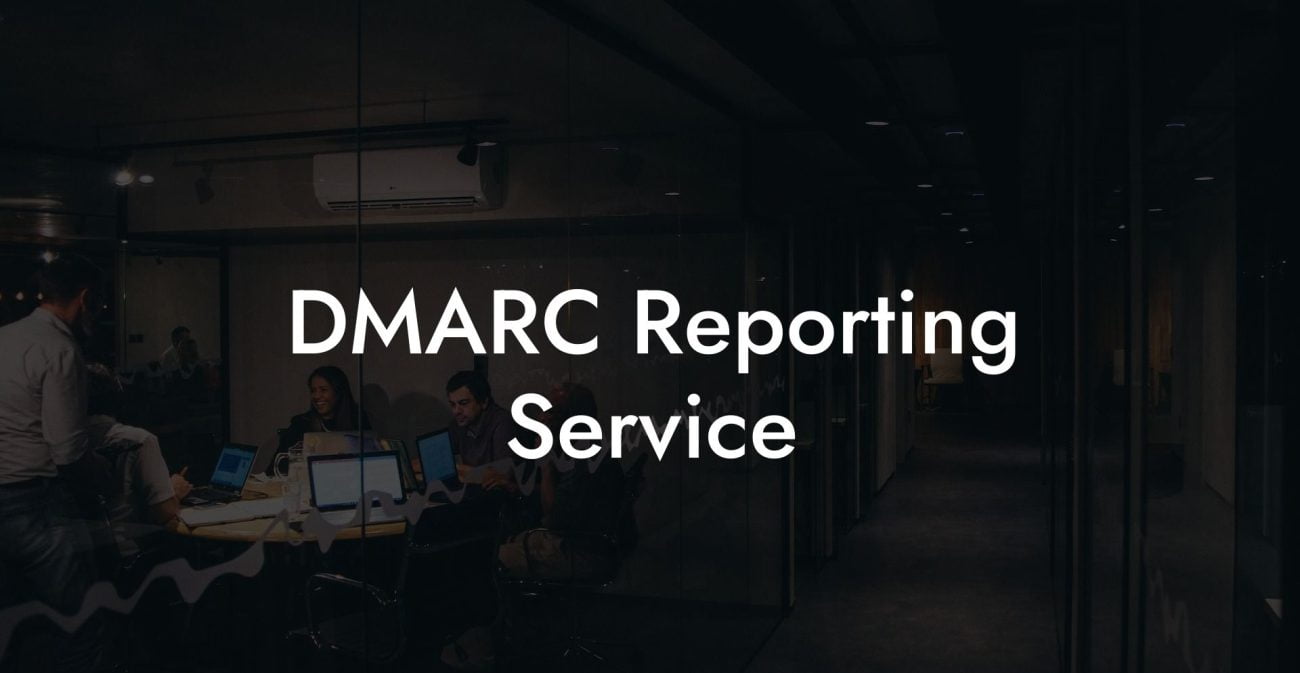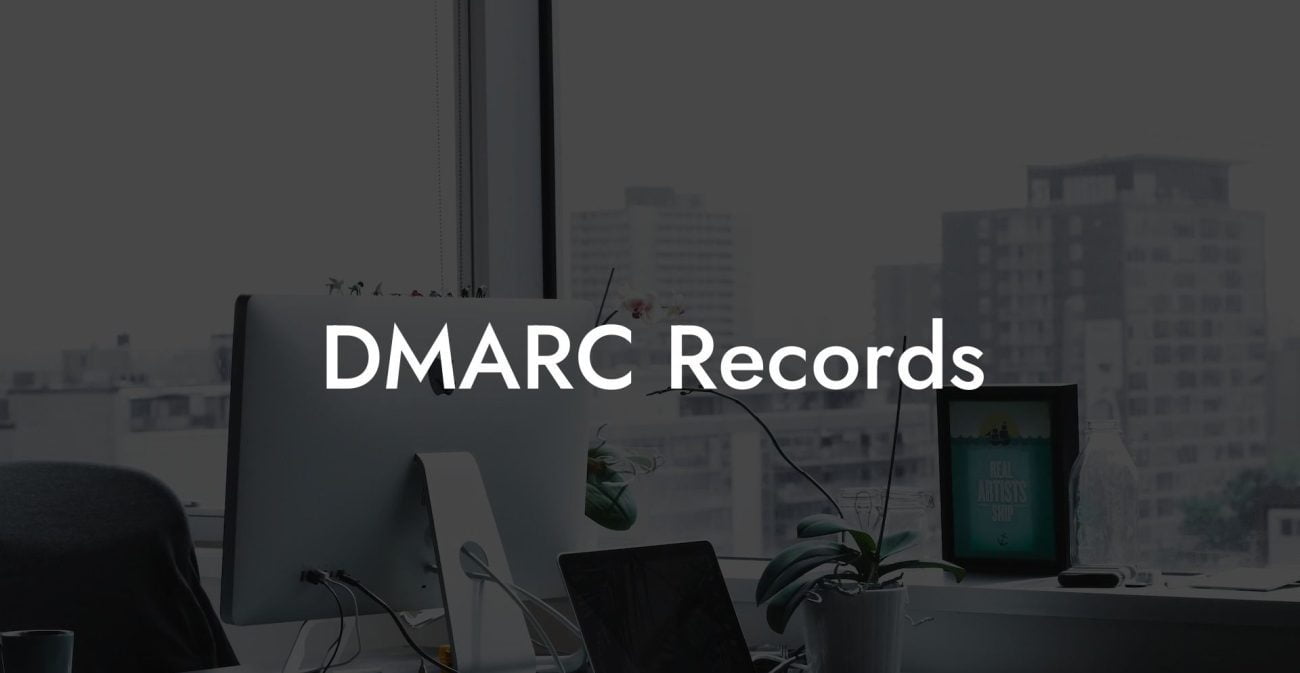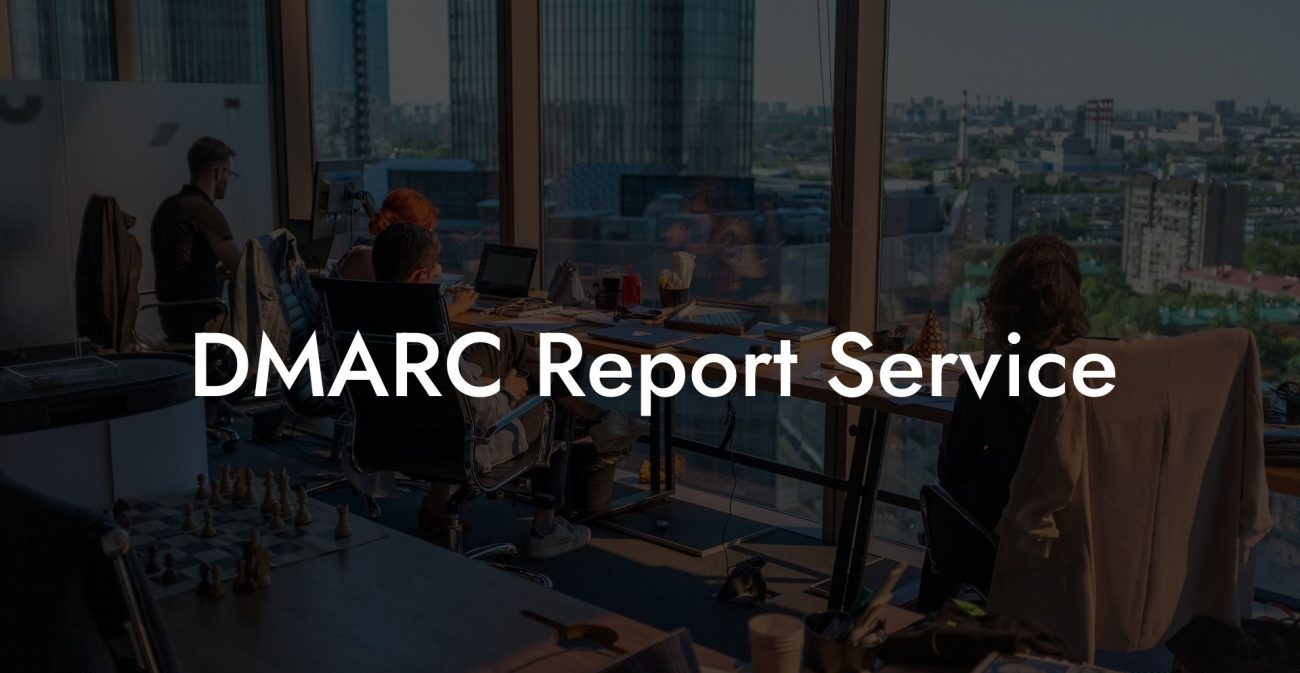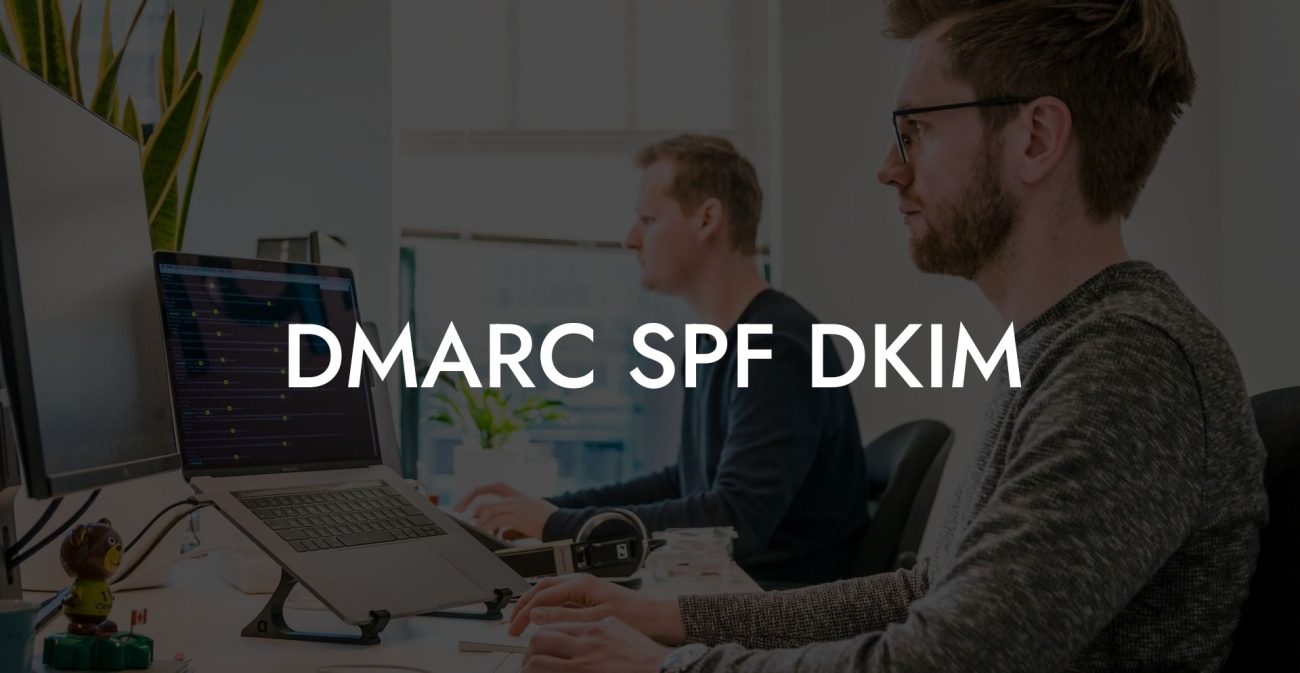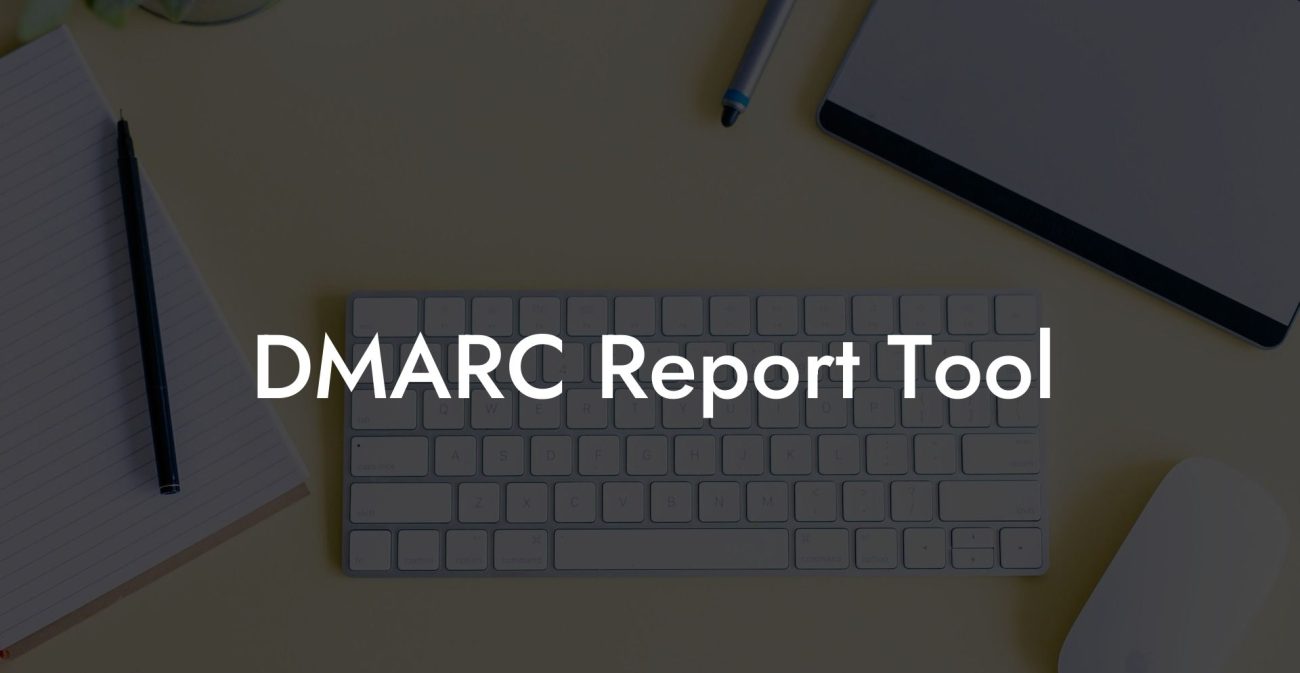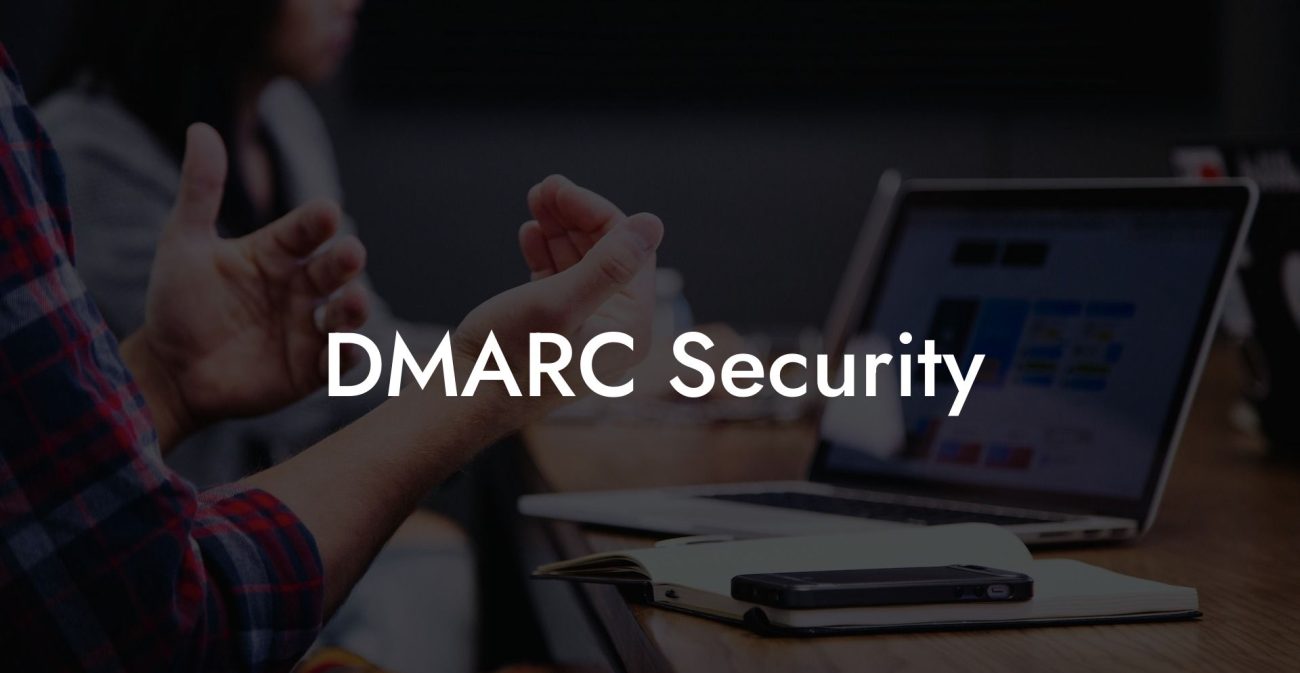Do you want to protect your domain from email spoofing, phishing attacks, and fraudulent emails? Creating a DMARC (Domain-based Message Authentication, Reporting & Conformance) record is one of the most effective ways to secure your email infrastructure and preserve its reputation. In this comprehensive guide, we'll break down the process of creating a DMARC record and provide you with the essential information you need to protect your brand from cybercriminals.
Create A DMARC Record Table of Contents
What is DMARC?
DMARC is an email validation system designed to detect and prevent fraudulent emails. It works by allowing domain owners to set policies for email authentication and instructs the recipient's email server on how to handle emails that fail the authentication process. By implementing DMARC, you can protect your domain from phishing attacks, business email compromise (BEC) and maintain its trustworthiness with clients and recipients.
Requirements for Implementing DMARC
Protect Your Data Today With a Secure Password Manager. Our Top Password Managers:
Before you create a DMARC record, you must ensure that your domain supports:
- SPF (Sender Policy Framework): A security protocol that verifies the email sender's IP address and domain name, ensuring that they are legitimate and authorized.
- DKIM (DomainKeys Identified Mail): A system that digitally signs emails, enabling the recipient to verify that the email is genuinely from the purported sender and has not been tampered with during the transmission.
Creating a DMARC Record
Here's a step-by-step guide on how to create a DMARC record for your domain:
1. Define Your DMARC Policy
DMARC policies dictate the actions that must be taken when an email fails authentication checks. There are three policy levels:
- None: No specific action required for an unauthenticated email.
- Quarantine: Direct unauthenticated emails to the recipient's spam or junk folder
- Reject: Block unauthenticated emails from reaching the recipient
Choose a policy that best suits your organization's security and reputation needs.
2. Set Reporting Preferences
You can request DMARC reports from email receivers to monitor the authentication results of your domain's emails. To do so, provide an email address where these reports will be sent, and set a reporting interval (typically, 24 hours).
3. Generate Your DMARC Record
Once you've defined your policy and reporting preferences, create your DMARC record using a DMARC record generator tool. This will generate a TXT record in the required DNS format, which looks like this:
v=DMARC1; p=reject; rua=mailto: [email protected]_domain.com; ruf=mailto: [email protected]_domain.com; pct=100; adkim=r; aspf=r;
4. Add DMARC Record to Your DNS
Access your domain's DNS management panel and create a new DNS TXT record. Use _dmarc as the subdomain and paste the generated DMARC record into the TXT value field. Save your changes.
5. Test and Monitor Your DMARC Record
Verify your DMARC configuration by using a DMARC validation tool. Furthermore, regularly review DMARC reports to identify potential issues and ensure that your policy is effectively protecting your domain against email fraud.
Create A DMARC Record Example:
Let's assume that you own a domain name "example.com" and want to create a DMARC record to protect your email channels. You decide to use the "reject" policy to block unauthenticated emails and provide your reporting email address as " [email protected]".
Your generated DMARC record would look like this:
v=DMARC1; p=reject; rua=mailto: [email protected]; ruf=mailto: [email protected]; pct=100; adkim=r; aspf=r;
You create a new TXT record on your DNS management panel with _dmarc.example.com as the subdomain and paste the generated DMARC record into the TXT value field.
Creating a DMARC record is vital to protect your domain from email spoofing and phishing attacks. By following the steps outlined in this guide, you can safeguard your email infrastructure and ensure trust among your clients and recipients. Don't forget to share this post with your professional network and explore other guides on Voice Phishing to stay informed about the latest cybersecurity best practices.
Protect Your Data Today With a Secure Password Manager. Our Top Password Managers:

